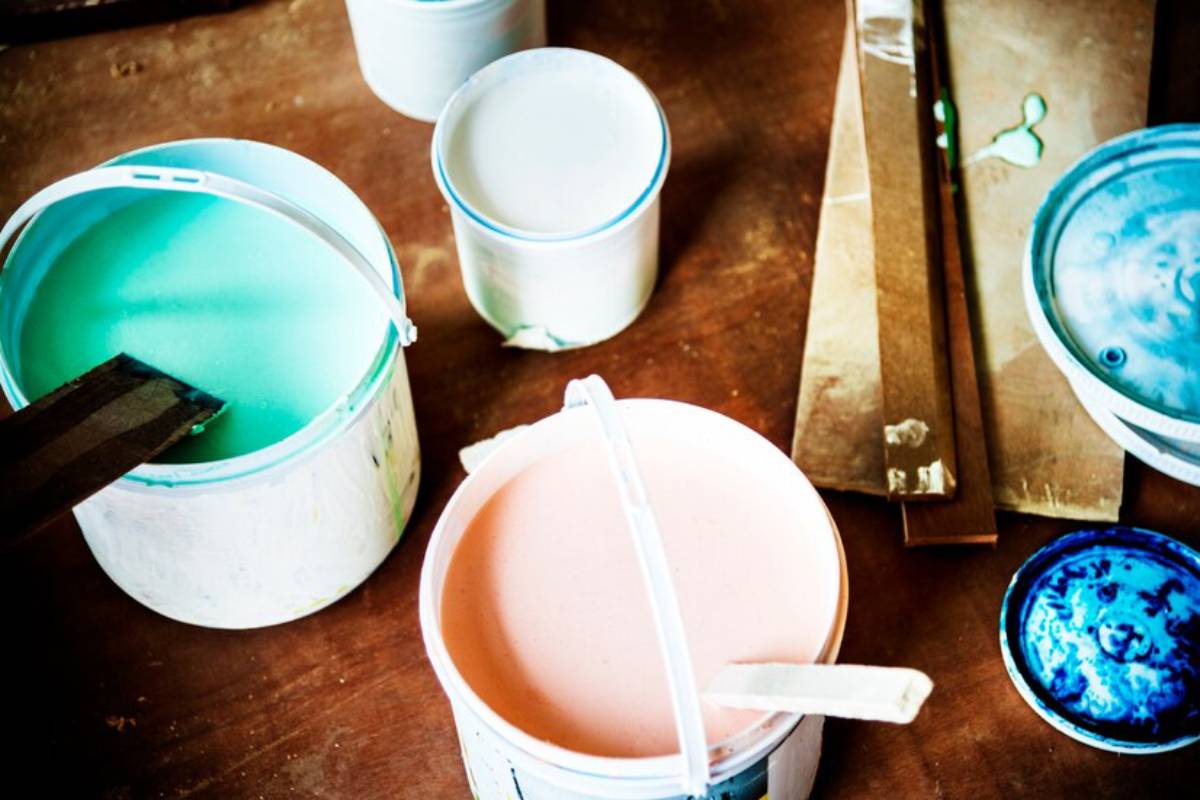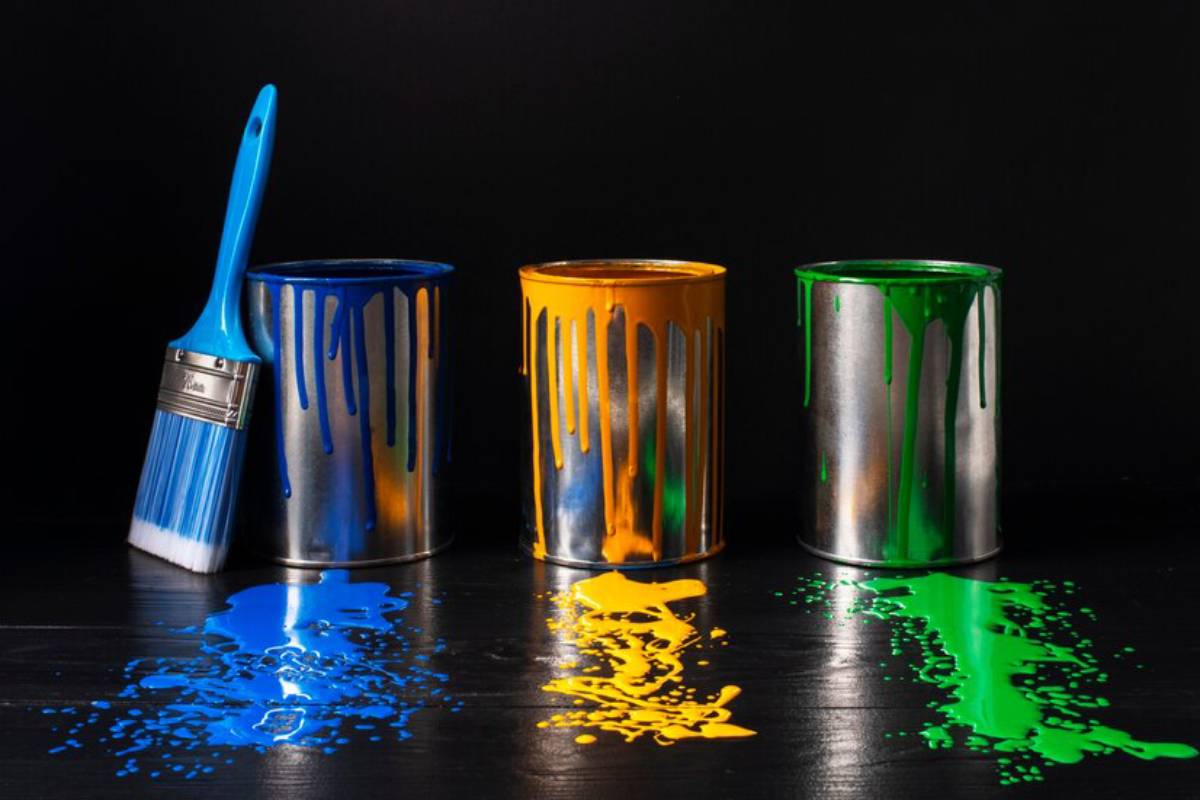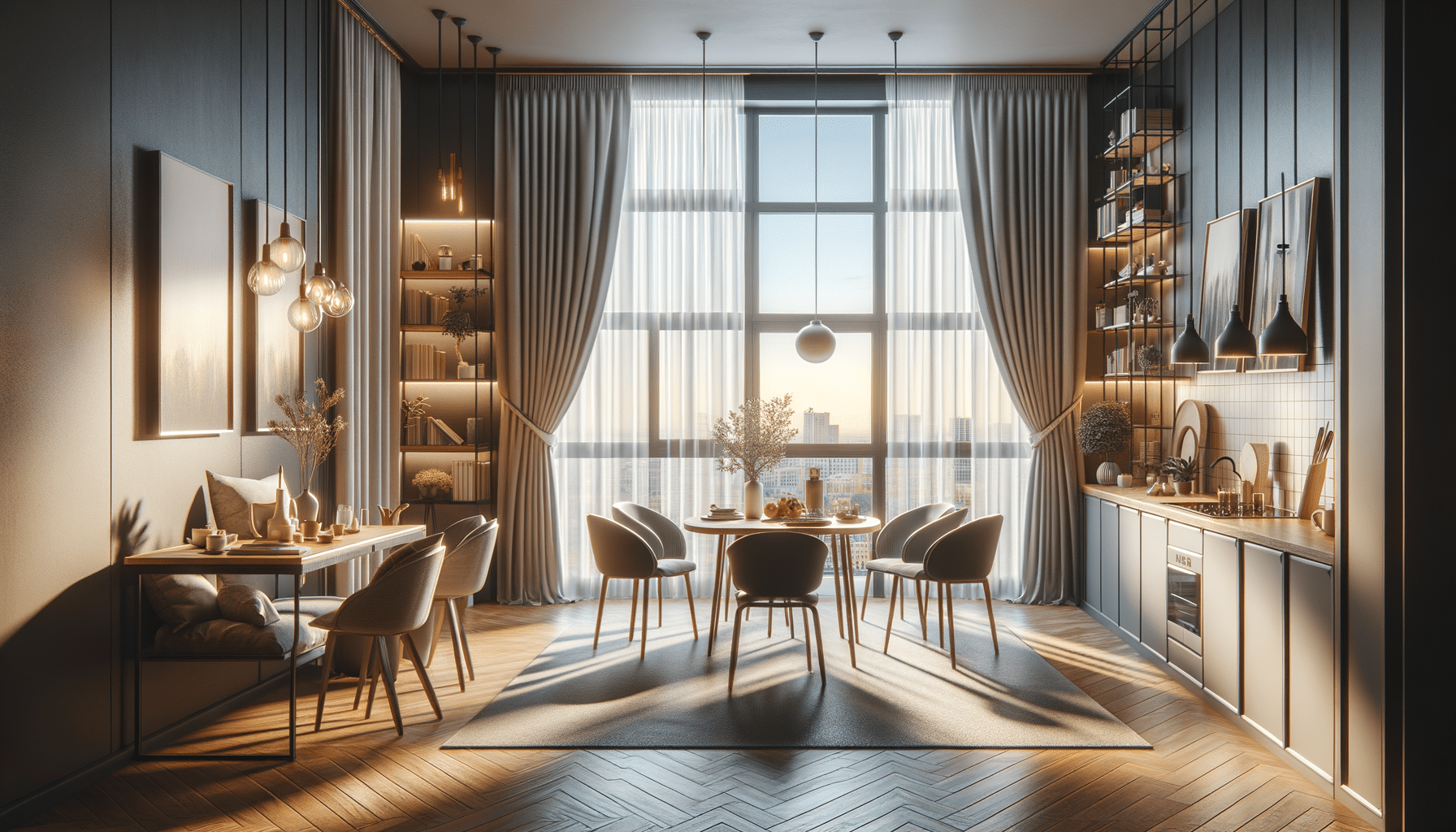
Eco-Friendly Paints and Finishes for a Minimalist Look
Minimalism goes beyond pristine lines and less clutter. It’s a way of living rooted in intention, simplicity, and mindfulness. As homeowners and designers lean toward minimalist décor, the focus shifts toward the materials that create these serene spaces. The biggest consideration people are missing? Paints and finishes.
Minimalism does not mean eco-unfriendly, and eco-friendly paints and sustainable finishes are crucial for the environment-conscious minimalist interior. On the surface, a minimalist look might seem green — fewer things, less waste — but absolute eco-related minimalism means thinking about matters as granular as what’s on your walls and furniture.
In this blog post, we’ll cover:
- The environmental impact of conventional paints
- What defines an eco-friendly paint or finish
- Types of eco-friendly finishes for minimalist décor
- How to choose the right products for your space
- Common myths
- Practical design tips and product suggestions
Let’s explore how to enhance your minimalist home while upholding your sustainability values.
The Problem with Conventional Paints and Finishes

The Hidden Toxicity of Standard Paints
Traditional paints often contain volatile organic compounds (VOCs). These chemicals evaporate into the air and worsen indoor air pollution. VOCs can harm the environment and may cause respiratory issues and headaches.
Familiar VOC sources in standard finishes include:
- Formaldehyde
- Benzene
- Toluene
- Ethylene glycol
The Environmental Protection Agency (EPA) states that indoor air quality can be 2–5 times more polluted than outdoor air, mainly due to materials like paint and varnish.
Environmental Consequences
Manufacturing and disposing of conventional paints lead to:
- Water and soil pollution during production
- Greenhouse gas emissions
- Challenges in safe waste disposal
For those pursuing a minimalist lifestyle rooted in sustainability, switching to eco-friendly alternatives is essential.
What Makes a Paint or Finish Eco-Friendly?
An eco-friendly paint goes beyond just having a “low VOC” label. For a product to be truly sustainable, it should be:
- Low or zero-VOC: Maintains healthy indoor air quality.
- Water-based instead of oil-based: Reduces harmful emissions.
- Non-toxic and free from harmful additives: No ammonia, heavy metals, or formaldehyde.
- Made with renewable resources: Ingredients like clay, chalk, or plant-based binders.
- Biodegradable or recyclable packaging: Lowers environmental impact.
- Durable and long-lasting: Reduces the need for frequent reapplication.
Look for certifications like:
- EU Ecolabel
- Greenguard Gold
- LEED-compliant
- The British Standard BS EN 71-3 (safe for children)
Best Eco-Friendly Paint Brands for Minimalist Decor

1. Earthborn Paints (UK)
Earthborn, certified by the EU Ecolabel, offers clay-based paints with a lovely matte finish—ideal for soft, breathable, toxin-free minimalist interiors.
Why it’s excellent for minimalism:
- Soft, chalky texture
- Wide range of muted, earthy tones
- Breathable finish for older properties
2. Little Greene
This British brand provides eco-friendly paints with historical colour references and a modern palette. Their water-based range is free from harmful solvents and has up to 40% recycled paint content.
Key benefits:
- Great colour variety without overwhelming hues
- Accredited under BS EN71-3: Safe for nurseries
- High coverage—perfect for minimalist applications
3. Lick
Lick is a new brand offering sustainable paints with a stylish touch. It packages its products in recyclable tins and uses climate-positive operations, making it a top choice for eco-conscious decorators.
Perfect for:
- Sleek, modern,n minimalist interiors
- On-trend neutral and monochrome palettes
Sustainable Finishes: Beyond Just Paint

While walls often get the spotlight, minimalist homes rely on the beauty of wood finishes, metal coatings, and floor treatments. These surfaces deserve eco-conscious consideration.
Natural Wood Oils and Waxes
Instead of synthetic varnishes, choose plant-based oils like:
- Linseed oil
- Tung oil
- Carnauba wax
These finishes nourish wood naturally and offer a gentle sheen without harsh chemicals. They’re perfect for minimalist wooden furniture, exposed beams, and floors.
Low-Toxic Varnishes
Some manufacturers produce water-based polyurethane varnishes with low VOC ratings. These provide durability without the off-gassing common in traditional finishes.
Best uses:
- Hardwood floors
- Kitchen cabinets
- Tabletops
Limewash and Clay Plasters
For texture lovers, limewash paint and natural clay plasters offer walls a tactile, layered look while being non-toxic and biodegradable.
Benefits include:
- Unique visual interest
- Mould and bacteria resistance
- Moisture regulation for a healthier indoor climate
How to Integrate Eco-Friendly Paints into Minimalist Decor
Choose a Calm, Neutral Palette
Minimalist design shines with understated tones. Think whites, soft greys, beiges, and pale earth tones. Eco-friendly brands offer many subtle shades that align with your vision.
Top minimalist colour combinations:
- Warm white + oat beige
- Soft grey + natural wood
- Charcoal + muted sage
Use Texture Instead of Color
Instead of bold colours, add depth using:
- Clay paint with a matte, earthy finish
- Limewash with visible brush strokes
- Natural plasters for tactile warmth
This enhances the minimalist look while keeping visual interest.
Focus on Feature Walls and Accents
Keep your space airy by painting just one wall in textured eco paint or applying a natural finish to a key furniture piece. This creates high impact with low material use—it’s sustainable and stylish.
Common Decluttering and Painting Mistakes to Avoid
When refreshing a minimalist space with eco-friendly paint, avoid these pitfalls:
- Assuming “low-VOC” means entirely non-toxic.
- Always read the ingredients and choose zero VOC when possible.
- Skipping surface prep.
- Eco-friendly paints need clean, primed surfaces for best adhesion.
- Choosing colour first, brand second.
- Start with trusted eco brands, then explore their colours.
- Overapplying.
- Eco paints are often thicker; apply thin layers to prevent streaks.
- Using synthetic brushes.
- Natural bristle brushes usually work better with mineral and clay-based paints.
Case Study: A Minimalist Flat in Hackney Goes Green
Interior designer Sophie Griffiths transformed a two-bedroom flat in Hackney using only eco-friendly materials. Her goal: a calming minimalist retreat for a young couple working from home.
Sophie’s approach:
- Used Earthborn’s “White Clay” for walls, creating a soft, inviting atmosphere
- Sealed reclaimed pine floorboards with Osmo Polyx-Oil (plant-based)
- Added depth with a clay feature wall in the home office
Result: A minimalist yet inviting home that felt clean, serene, and environmentally aligned. The clients reported fewer allergy flare-ups and better sleep after the revamp.
Common Questions Answered
Is eco-friendly paint more expensive?
Yes, often—though prices are becoming more competitive. The long-term health benefits and environmental gains far outweigh the initial cost difference.
Can I repaint over standard paint with eco-friendly options?
Yes, but make sure the previous layer is clean and well-prepared. Some natural paints may need a special primer over synthetic paints.
Are sustainable finishes durable?
Absolutely. Plant-based oils often outperform synthetic alternatives in durability and appearance—especially when well-maintained.
Do eco-paints limit my design choices?
Not at all. Many eco-paint brands now offer expansive, curated palettes and even custom tinting. You won’t need to sacrifice style for sustainability.
Paint a Greener Future for Your Minimalist Home
The minimalist home is all about mindset and aesthetics. By choosing eco-friendly paints and sustainable finishes, you integrate your space with your values—clean living, intentional design, and environmental responsibility.
Every brushstroke counts. Your home can feel minimal and meaningful, from soothing wall tones to subtle wooden accents.
Whether preparing for a complete renovation or a quick refresh, anchor your minimalist journey with a decision that reflects a conscious life.
Are you ready to remodel your space sustainably? Do small tests — paint a wall, refinish a tabletop or apply a few sample tins from one of the companies above. The planet and your minimalist home will be grateful.


